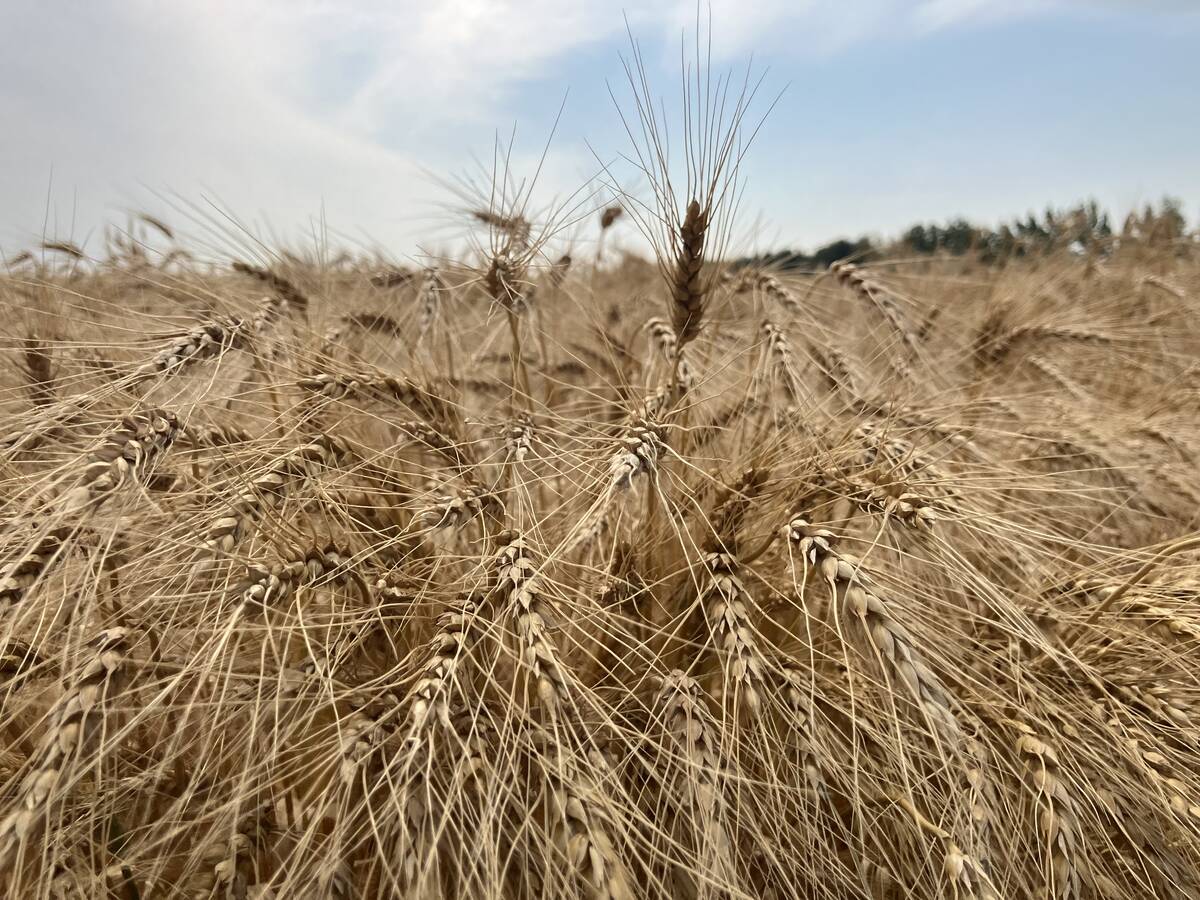For several years now, the world’s grain industry has been enticed by the potential of China.
Some look at the statistics Ñ 1.3 billion people, a booming economy, rising incomes, improving diets, falling Chinese grain stocks Ñ and dream of a boom for grain exporters serving this market.
For three years, China has been the world’s leading soybean importer and last year it vaulted to the lead of the world’s wheat importers.
U.S. Wheat Associates president Alan Tracy in February forecast that in a couple of years China could import 17 million tonnes of wheat, surpassing the high levels of the early 1990s. To put that in perspective, in 2004-05, world wheat trade will total about 108 million tonnes.
Read Also

Prairie spring wheat looks like a bumper crop
Canada will likely set a new record for spring wheat yields this year, topping the previous mark of 54.1 bushels/acre – set in 2020
But even as this forecast was celebrated, Nie Zhenbang, director of China’s State Grain Administration, said China would import almost no wheat in the coming year because it has adequate stores.
A combination of good weather and a change in government agricultural support last year caused China to reverse its multi-year grain production decline. Total grain and oilseed production increased by nine percent to a record 470 million tonnes.
It was an impressive turnaround, but even China’s rulers believe this production jump is unlikely to be consistently repeated and admit that to avoid a deteriorating food security picture, some severe rural problems must be addressed.
Last week, China’s agriculture minister announced several new initiatives to help farmers, including elimination of farm taxes by 2006, direct payments, efforts to protect farmers’ land rights, increased spending on agricultural and rural development projects and education subsidies to poor rural children.
The programs are designed not only to improve food security, but also to lessen poverty among China’s 800 million rural people who benefit little from the economic boom sweeping urban areas.
Communist party leaders last week said they would use taxes to transfer wealth from eastern cities to the neglected countryside. The country’s rulers are worried about the unrest that simmers in the countryside over average rural incomes that are less than one third those in the prosperous coastal regions.
Indeed, social stability, not food security, is probably the main reason for these new policies.
While imports of soybeans and wheat have risen sharply in the last three years, the total still falls within the government’s goal of limiting grain imports to five percent of total demand.
For the foreseeable future, rural stability and food security will be tandem issues as China copes with its explosive economic growth.
The task is complicated by the fact that China has 20 percent of the world’s population but only seven percent of its arable land. That land base is under pressure as urban and industrial demands increase. Also, desertification has been a problem.
On the positive side, the government is trying to address farmers’ income problems and protect farmland. It also has tree planting programs and other plans to arrest desertification.
The ultimate outcome is hard to predict. There is probably much opportunity for China’s farmers to become more productive and meet most of the country’s needs. But it is important to realize that when Chinese production falls short of demand by only a few percentage points, it equates to an import grain demand of many millions of tonnes.
Canadian farmers and farm policy makers shouldn’t pin their hopes for a stronger agriculture economy on Chinese demand, but they should work hard to be ready to take advantage of any opportunities that come along.
















